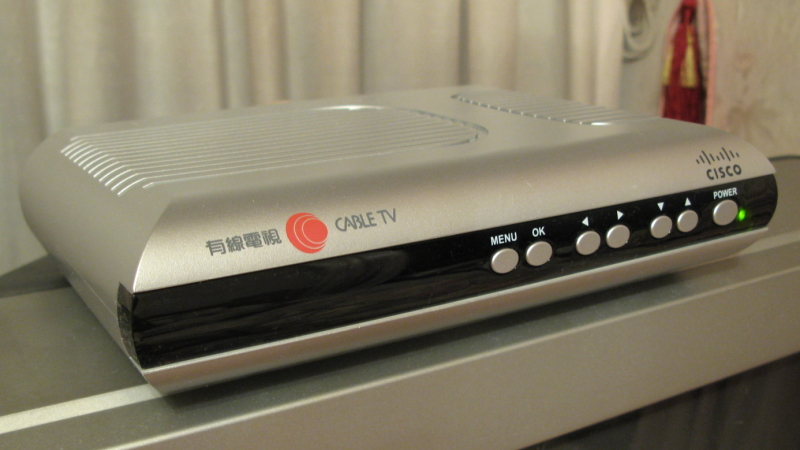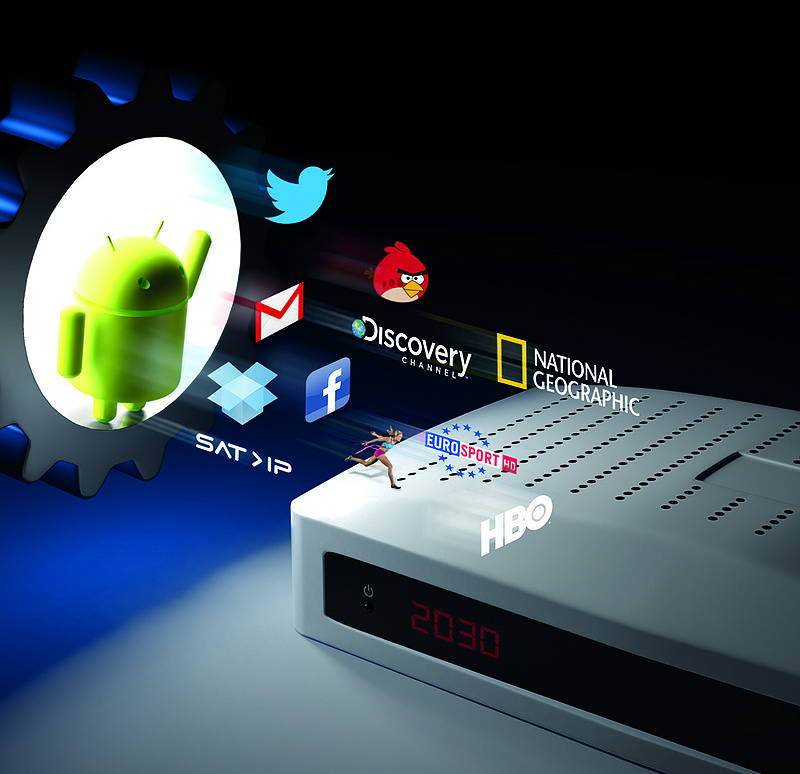Difference Between Cable TV and Digital TV
Key Difference – Cable TV vs Digital TV
The key difference between cable TV and digital TV is that cable TV may use analog signals as well as digital signals and analog signals may cause noise and interference. Digital TV, on the other hand, comes in many varieties and can use many media for transmission. Digital TV may be of higher quality when compared with Cable TV due to the higher quality of the signal.
What is Cable TV?
Radio frequency is utilized by a system to deliver television programs with cable TV. This is done via paid subscription. The radio frequency is transmitted through coaxial cables or optical cables. This is very much different to the way in which broadcast televisions work. The television signal is transmitted and received by the television antenna. The cables involved with cable TV can also handle FM radio, high-speed internet, and telephone services. Analog TV services were widely in operation in the past, but after 2000, cable TV has been upgraded to digital cable operation.
Cable television was first introduced in the 1970s. It was able to offer more channels than traditional broadcast television networks. The reception was also of high quality comparatively. Cable TV is one of the most widely used television reception mediums in the world. Usually, the feed is done directly to the television or the decoder box. A cable that comes into your home is able to carry a tremendous amount of information that you would not even notice. Cable channels will allow 6 Megahertz per channel. Coaxial cables are able to carry many times the bandwidth per channel. So many channels are supported per cable. Thicker and stuffier cables are used in order to provide users with high definition videos. As mentioned earlier, these cables are also able to carry broadband internet and digital data for many miles.
Satellite providers will usually provide the channel to be sent through the cable to the users. Large satellite dishes are used to receive the channel from these providers. These channels are bundled into packages and resold to subscribers.
The availability of compression gives the service provider to send thousands of channels to your home. Each channel uses 6 MHz per channel. MPEG 2 and MPEG 4 are the two compressions used in Cable television. This compression mainly aims to eliminate unwanted data while not affecting the picture quality. HD is made available on cable TV due to this compression facility. These cable channels are digitally encoded and unlocked with the use of a cable box. The cable is able to carry all channels easily.
Redistribution boxes are used to amplify the signal through long distances. This will simply look like a large splitter. This box enables retransmission of signals over long distance without any significant degradation. Fiber optic cabling is also becoming famous in the recent past as it is able to transfer more data compared with the coaxial cable.

Cable Television Settop Box
What is Digital TV?
If your television receives the signal in a digital format, it is known as digital TV. This enables companies to upgrade the quality of sound, more channels, transfer high definition pictures for a wider range of channels. When compared with analog TV, the above features can be advantageous over its predecessor.
Digital TV also enables the user to interact with television like never before. Digital TV is interactive and comes with easy access to TV related information, and menus that make it easy for the user to navigate easily. Digital TV also enables the user to listen to the radio and watch archived programs on demand when needed. Modern digital TV’s also support internet facilities via the television.
Digital TV can be divided into several types. One of them is digital terrestrial. This is a popular form of an upgrade from analog to digital. Digital terrestrial is received via your TV aerial making it hassle free. This will ensure less disruption and reduced viewing cost. A simple set up box can be used to view digital TV channel. This is known as the free view. This option gives the user a wide variety of radio and TV program to choose from. The choice of channels can be further upgraded with an additional subscription fee.
Digital Satellite TV is received via a satellite dish. This is also a popular and widely used option. This does not come with geographical restrictions. Signals are received via satellites that orbit over us. Usually, this type of digital TV will require a subscription. There are also free sat services that do not require a subscription or a sign-up.
Digital Cable TV uses fiber optic cables or coaxial cables in order to receive signals. The picture quality is great while a range of channels can be received. The method comes with a downside of not being available everywhere.
Telephone line digital TV is a digital TV type that is delivered via a telephone line. This facility allows the user to pause programs, record, and playback TV channels. Internet protocol television, also known as IPTV, uses a broadband connection to provide the user with digital television. Examples of such services include Google TV, Apple TV and You view. Customers will be able to pay for subscriptions and access additional features or pay a onetime fee for the setup box.

What is the difference between Cable TV and Digital TV?
Signal
Cable TV: Cable TV will either use digital or analog signals.
Digital TV: Digital TV refers to the signal that is fed to the television. It is a high-quality signal when compared with analog.
Media
Cable TV: Cable TV uses a cable that plugs into the TV or a cable box that receives an analog or digital signal.
Digital TV: Digital TV is a signal that can come through a cable or over the air.
Quality
Cable TV: Cable TV can use analog signals that come with degraded quality and noise.
Digital TV: Digital TV uses digital signals that come with a high image and audio quality. Digital TV can support standard definition (SD) or high definition (HD).
Standard definition comes with lower picture quality when compared with higher definition. The high definition will seem more realistic and clean. HD channels will be best viewed on an HDTV. Some channels may not be available via HD and only be broadcast as SD.
Benefits
Cable TV: Cable TV can come in analog or digital, and quality will depend on upon the signal received by the television.
Digital TV: Digital TV is able to support more channels, more content, and higher quality.
Image Courtesy: “HK Cable TV Settop Box 2009 Version” By WiNG – Own work (CC BY-SA 3.0) via Commons Wikimedia “Digital TV by RT-RK” By Teslicv – in 3ds max (CC BY-SA 3.0) via Commons WikimediancG1vNJzZmivp6x7pbXFn5yrnZ6YsqOx07CcnqZemLyue8OinZ%2Bdopq7pLGMm5ytr5Wau26vwJujnmWkq3qiusNmraxllJ60qsDApWStrl8%3D